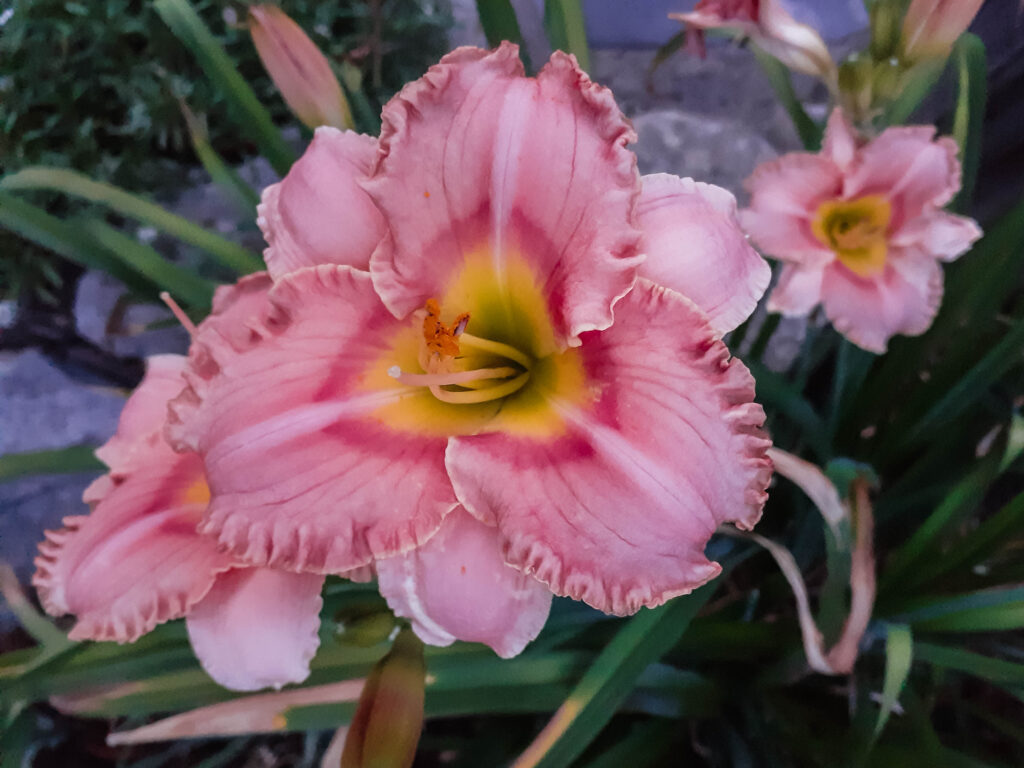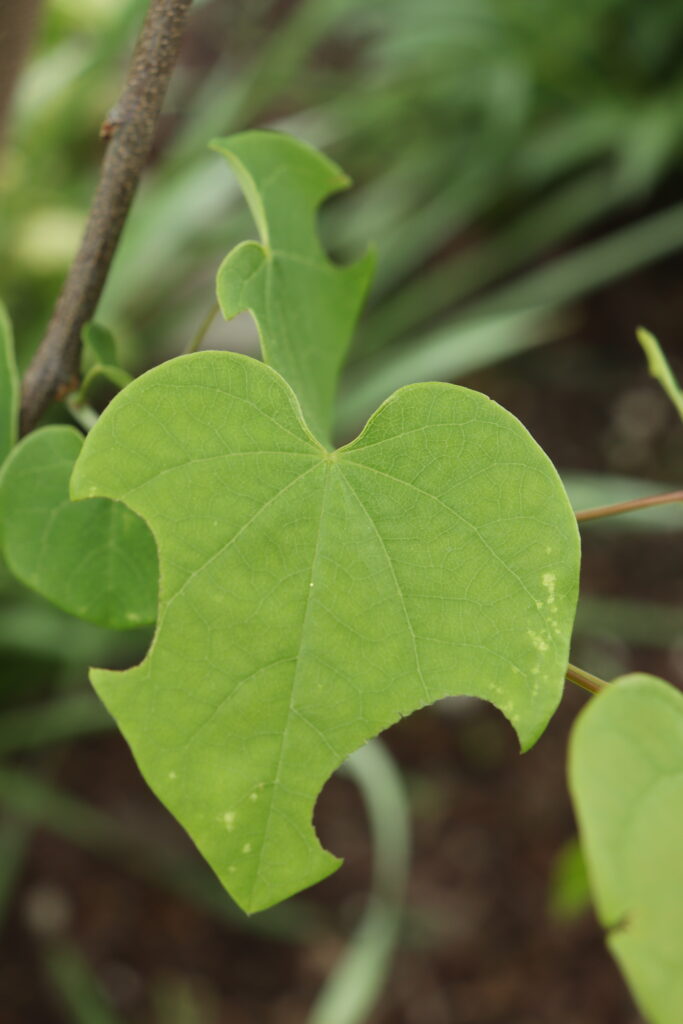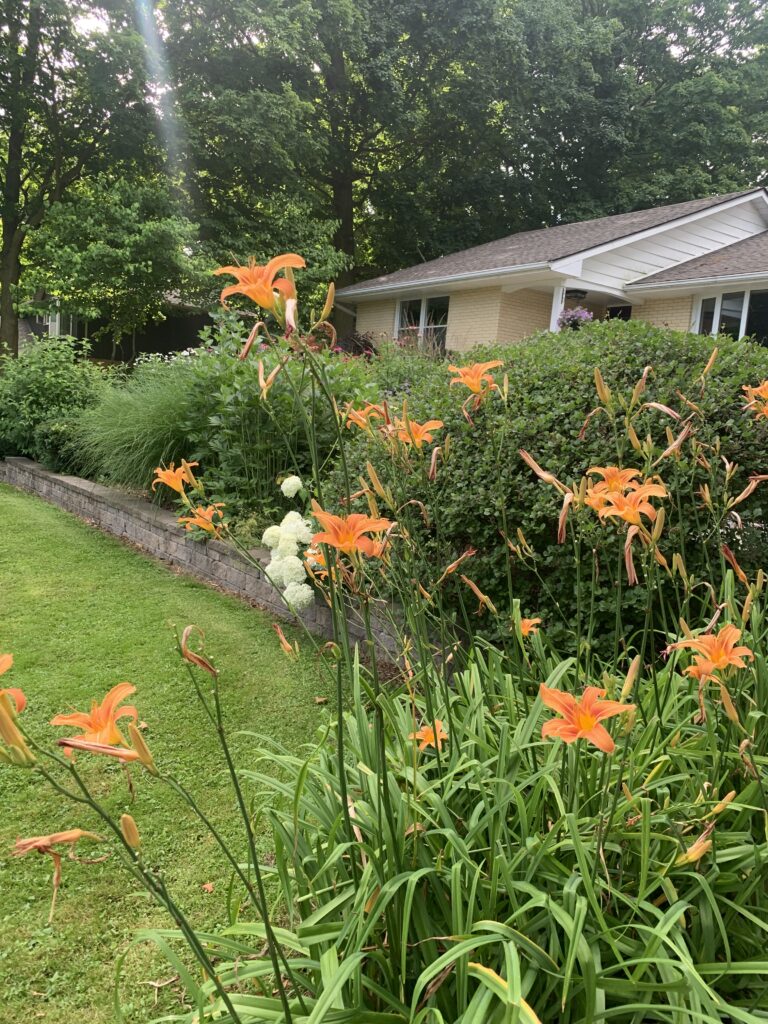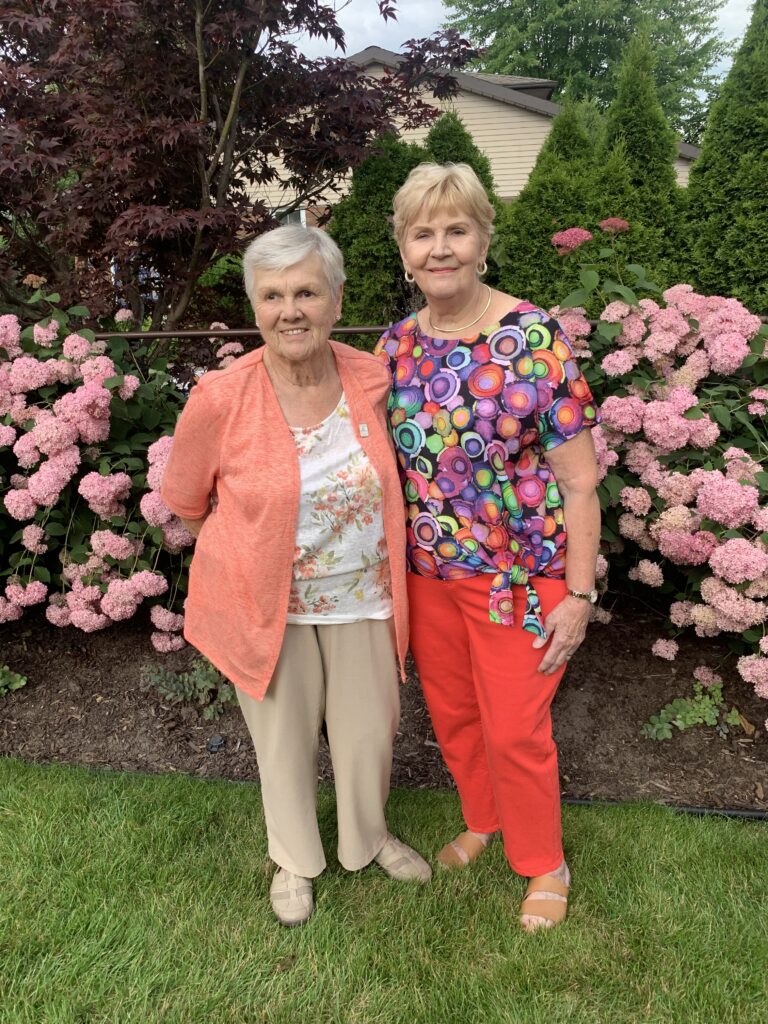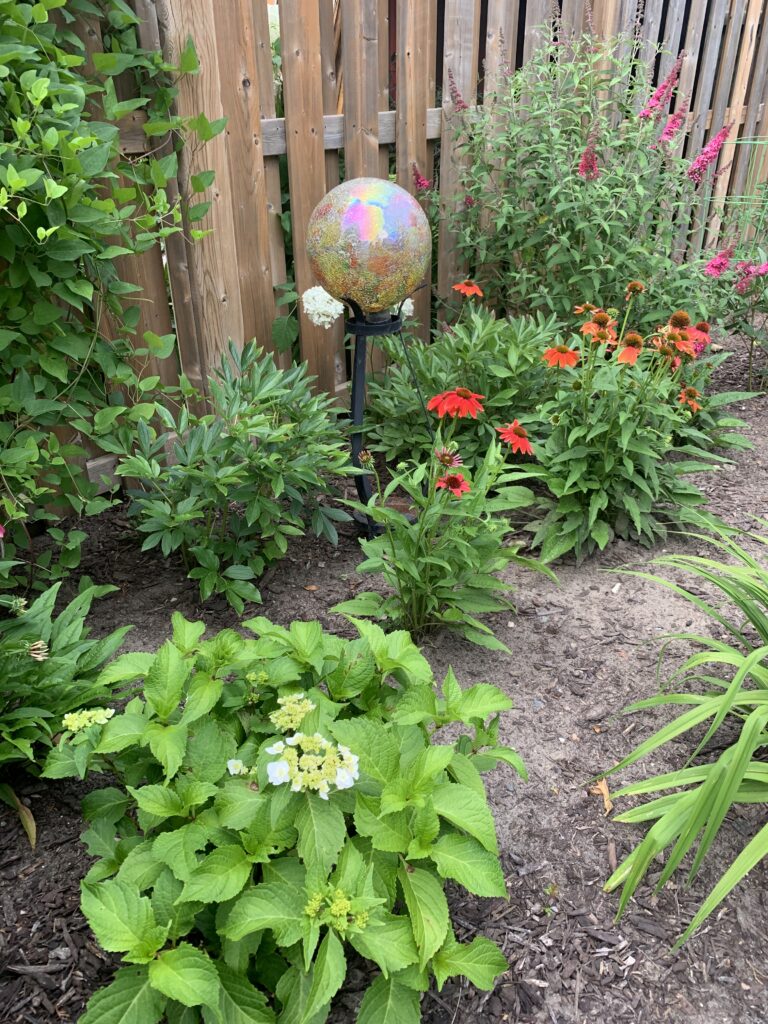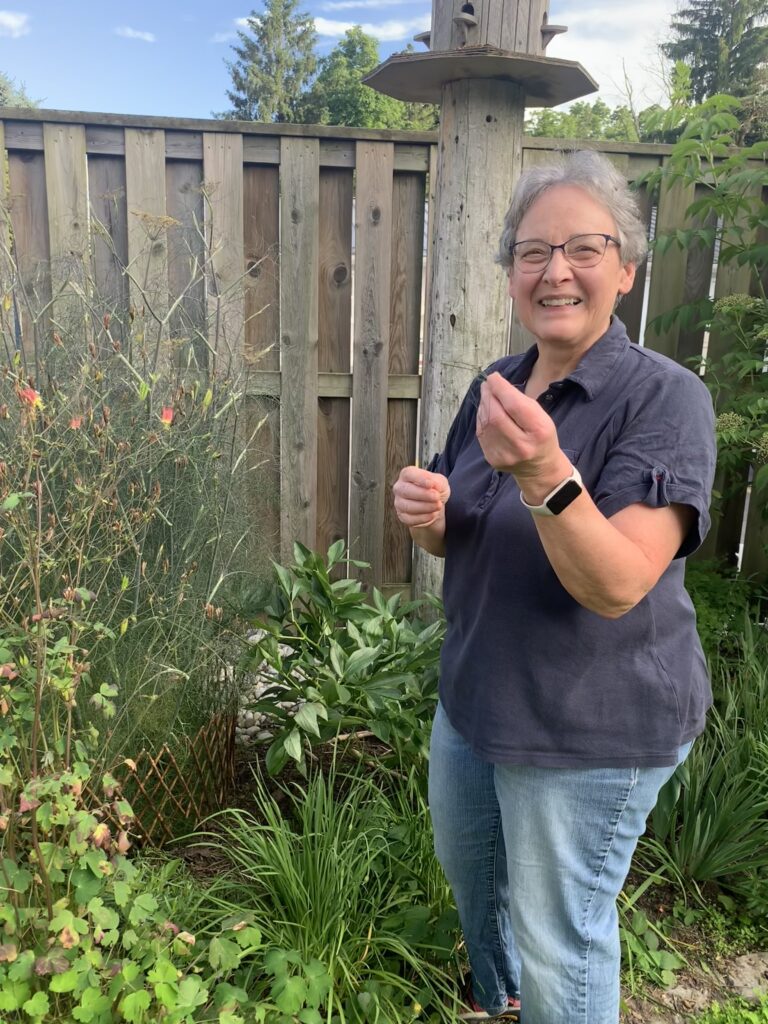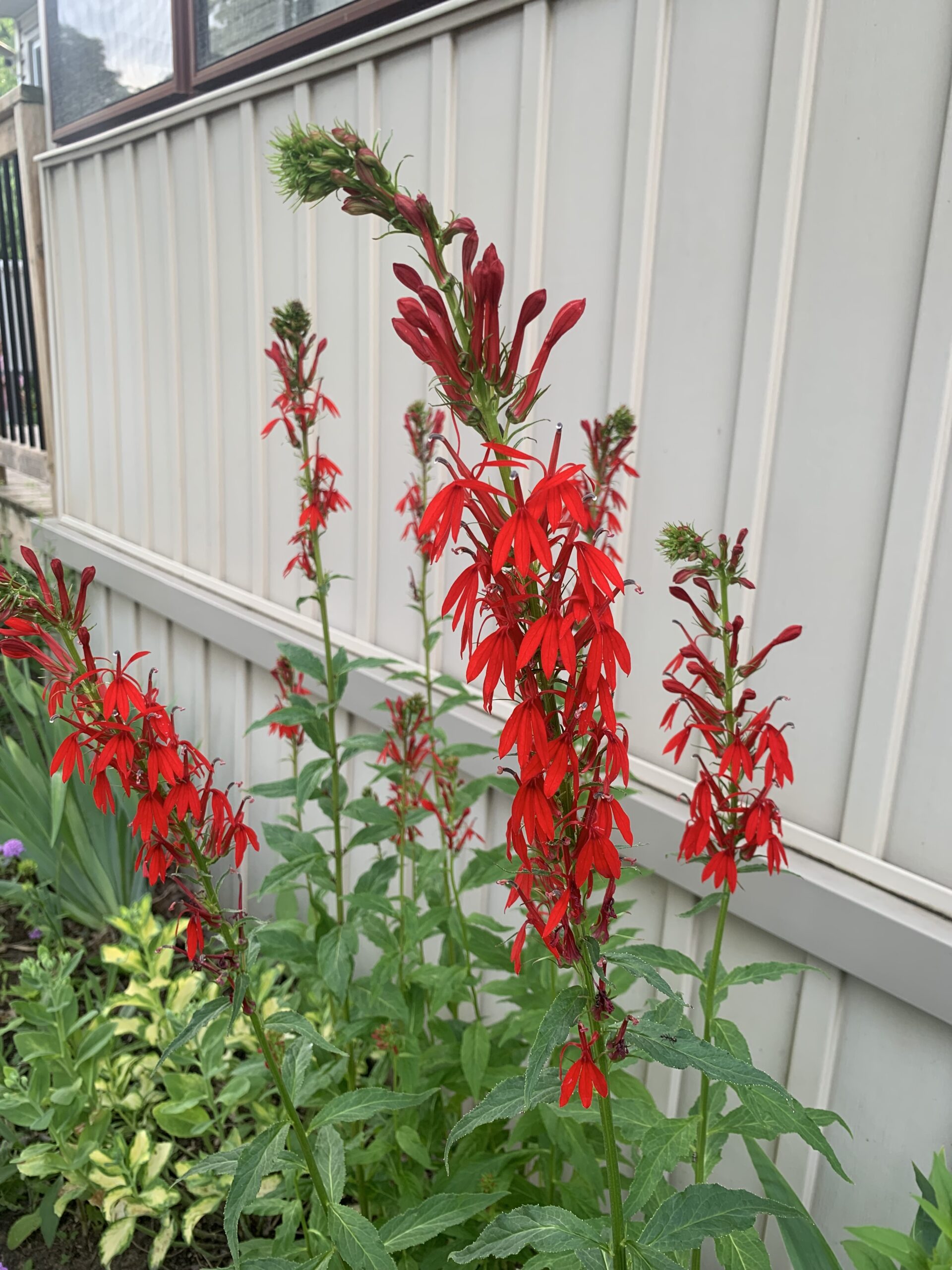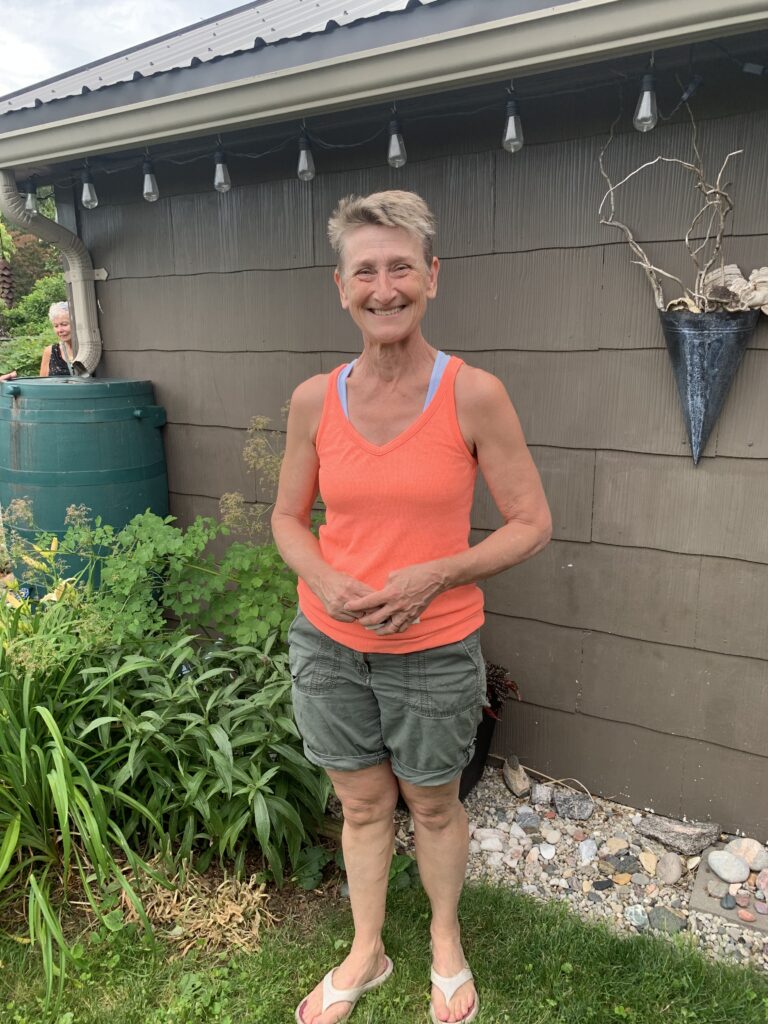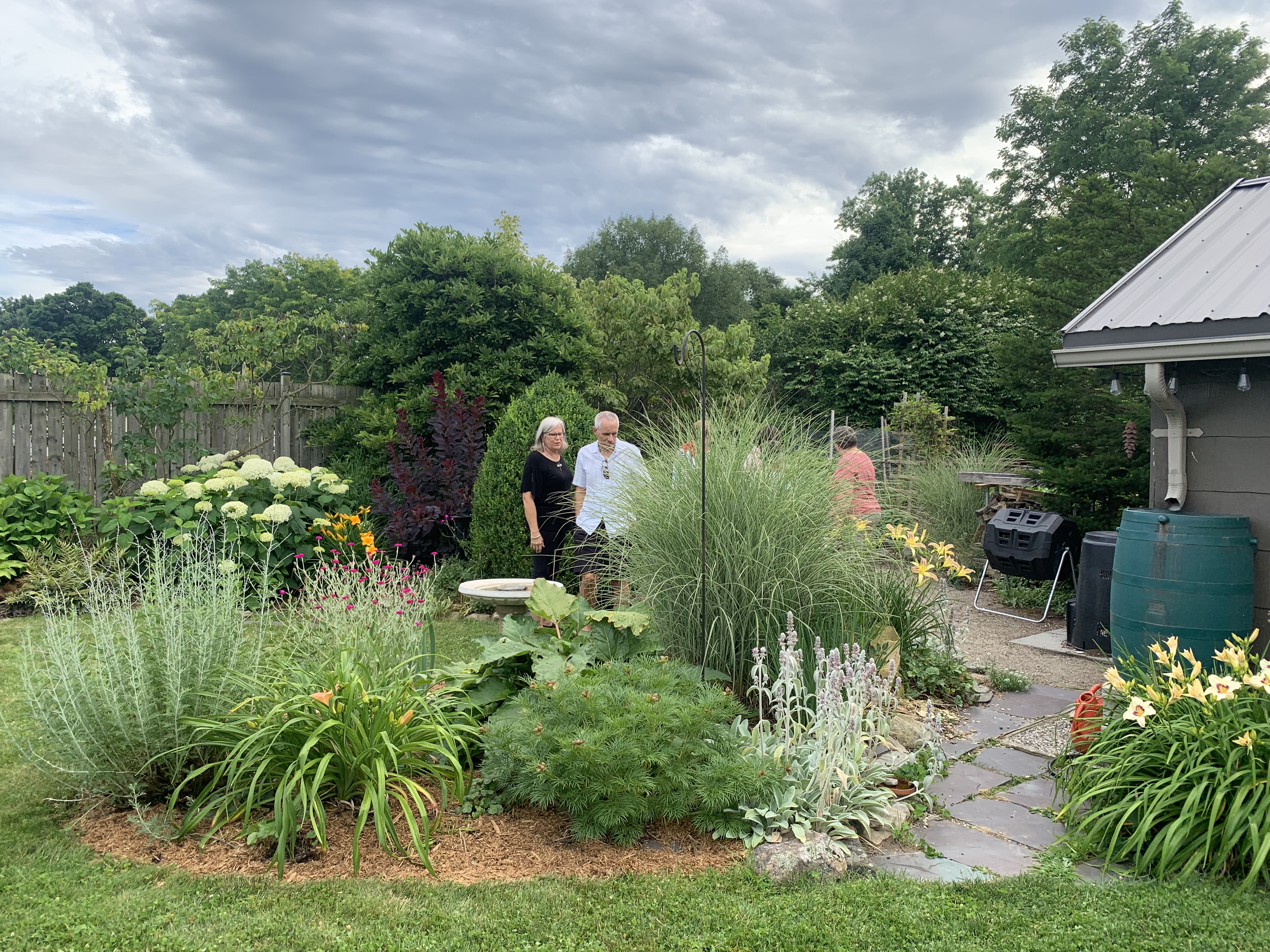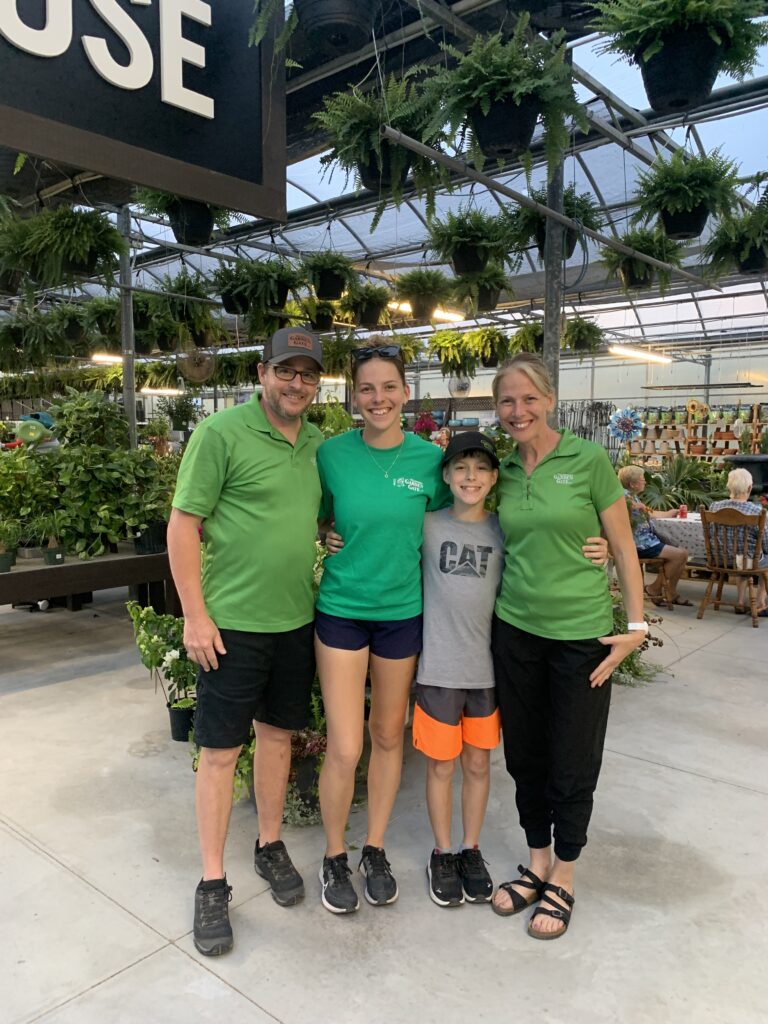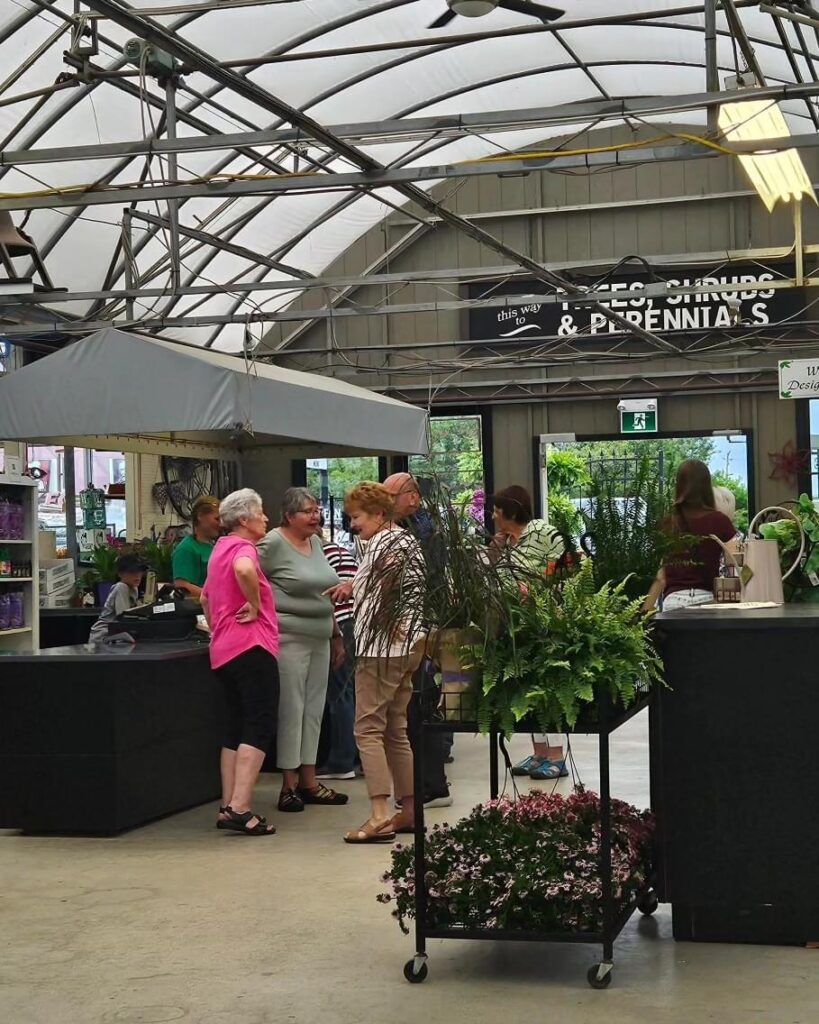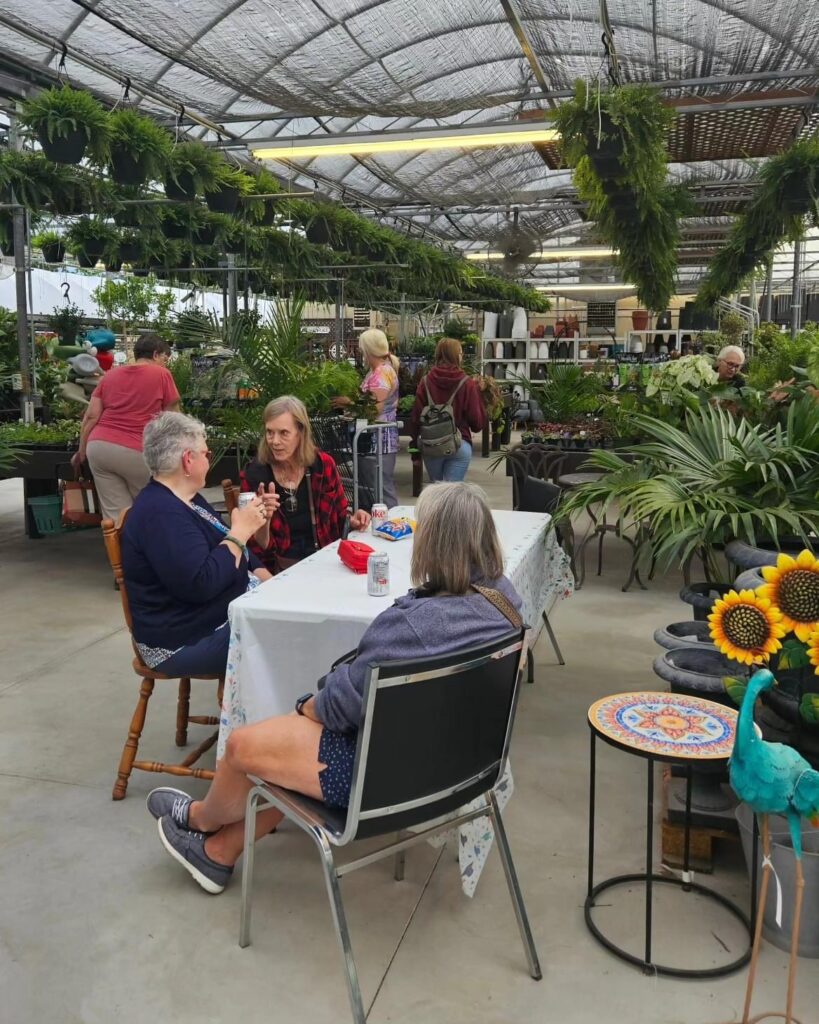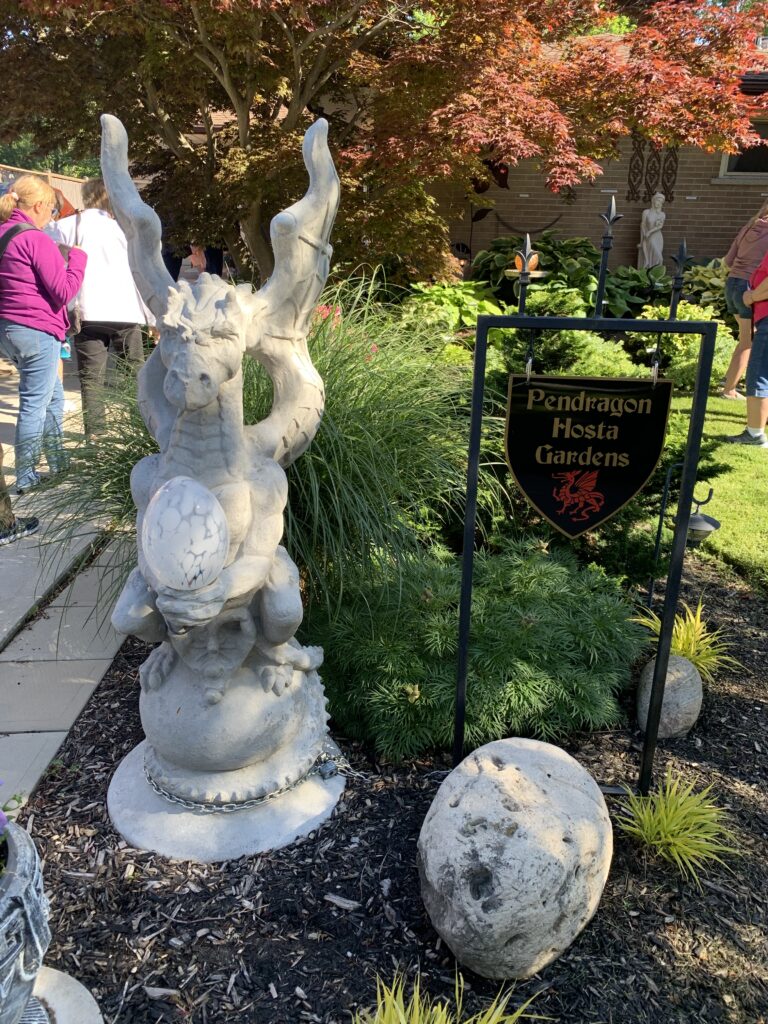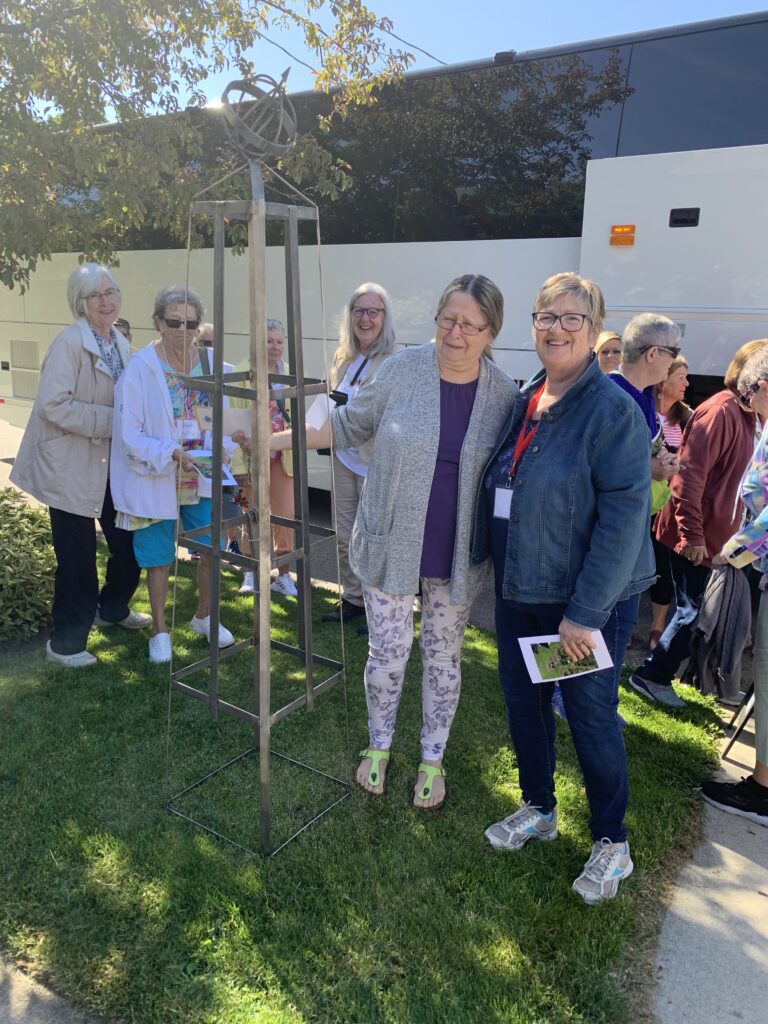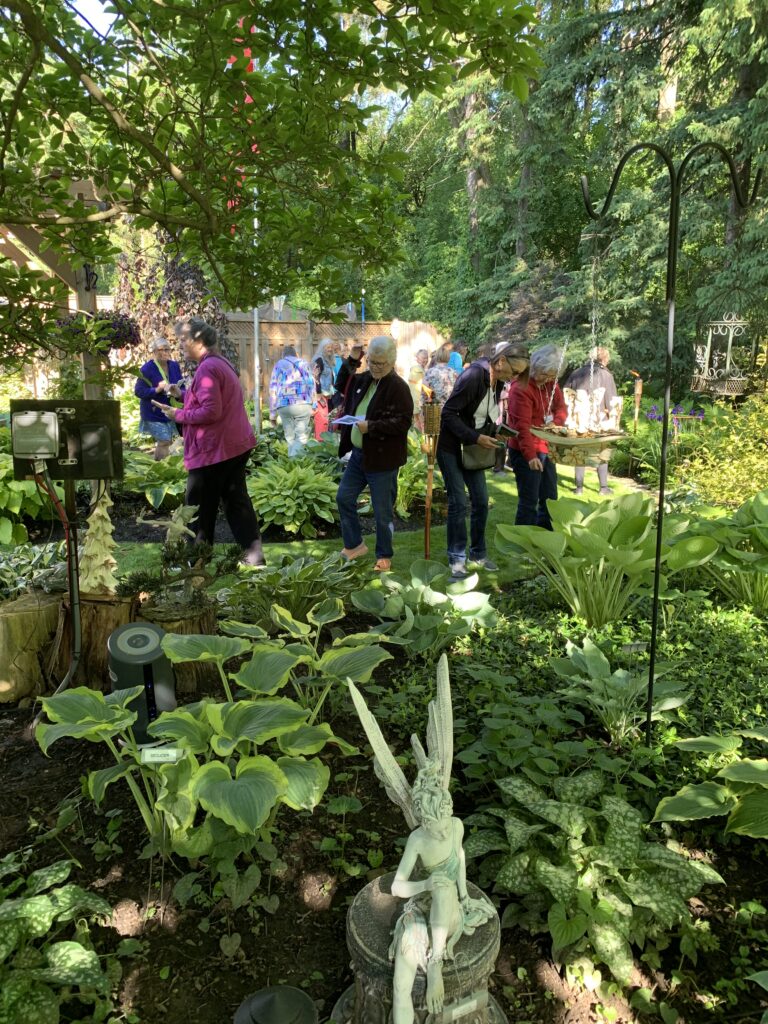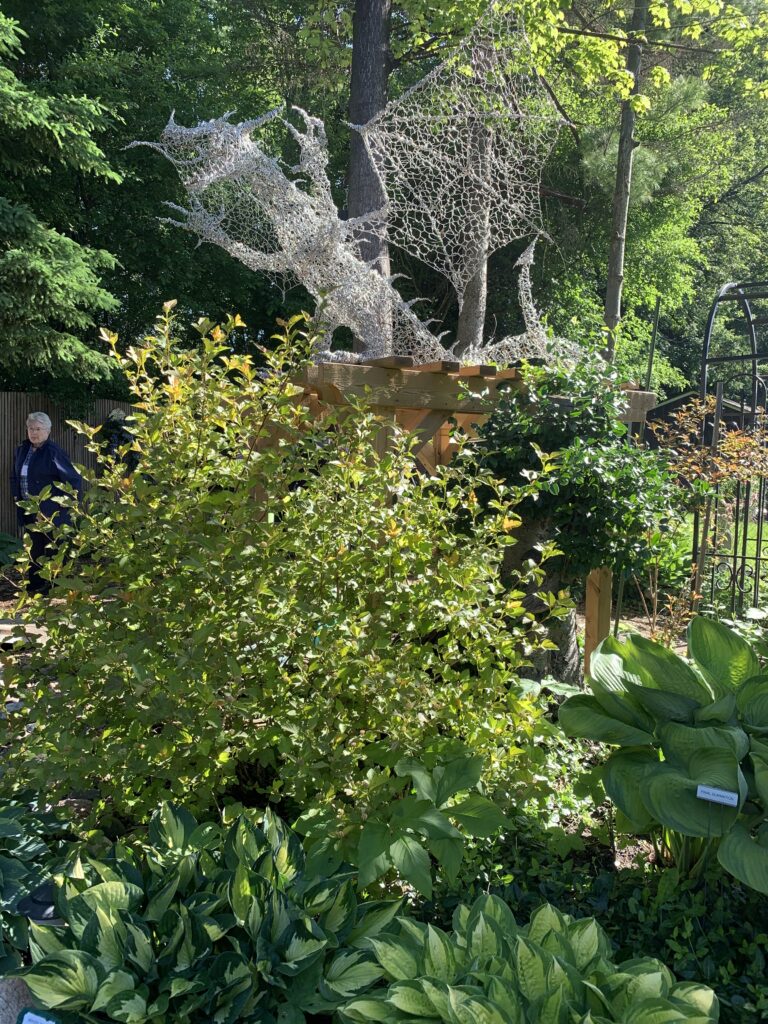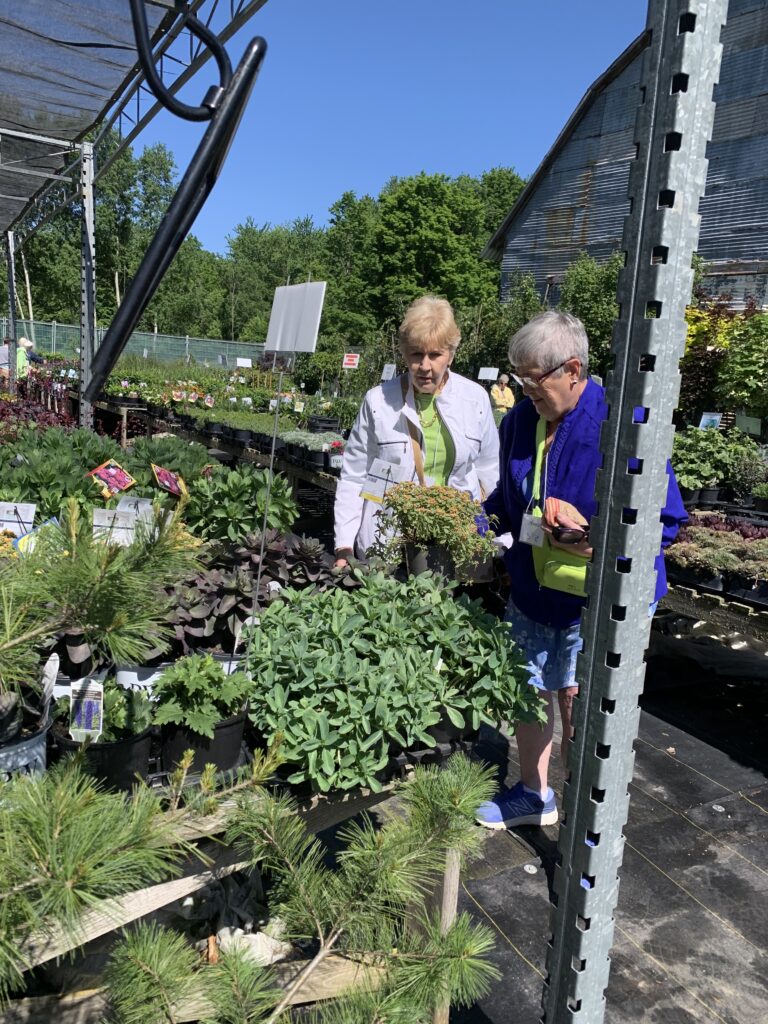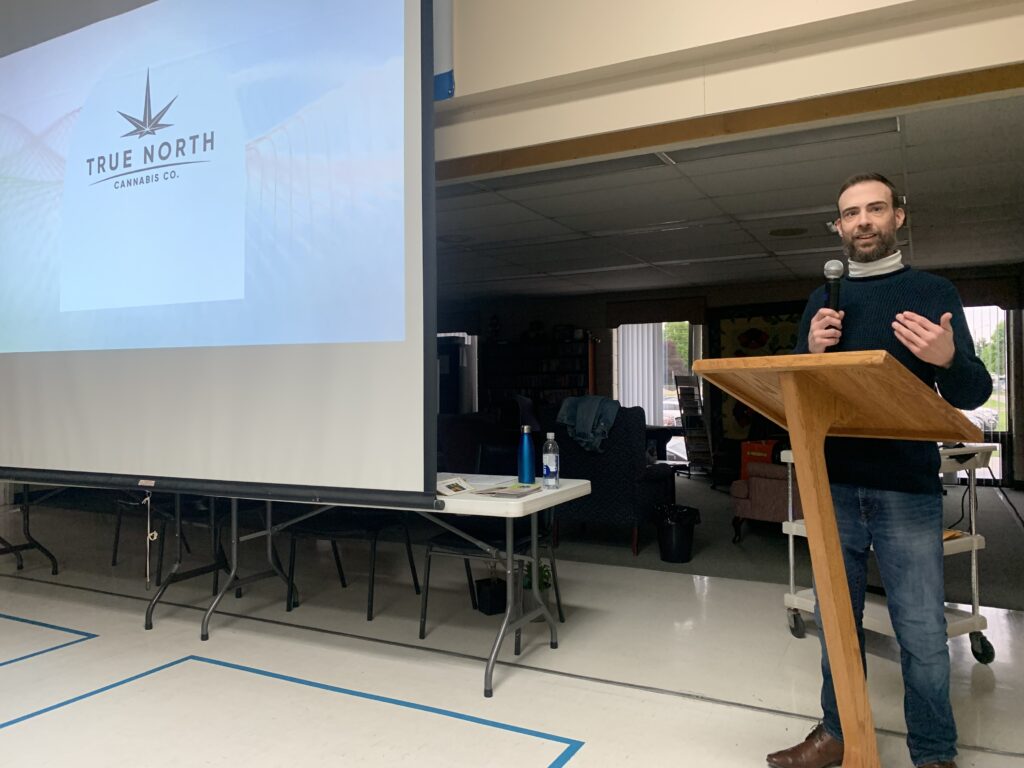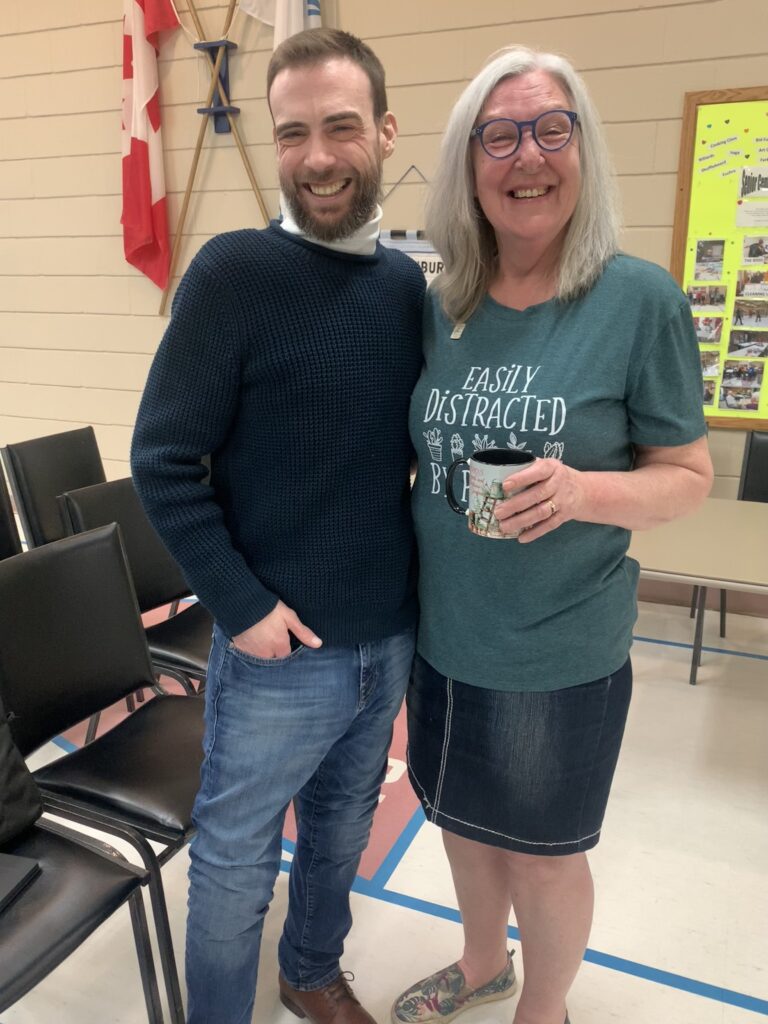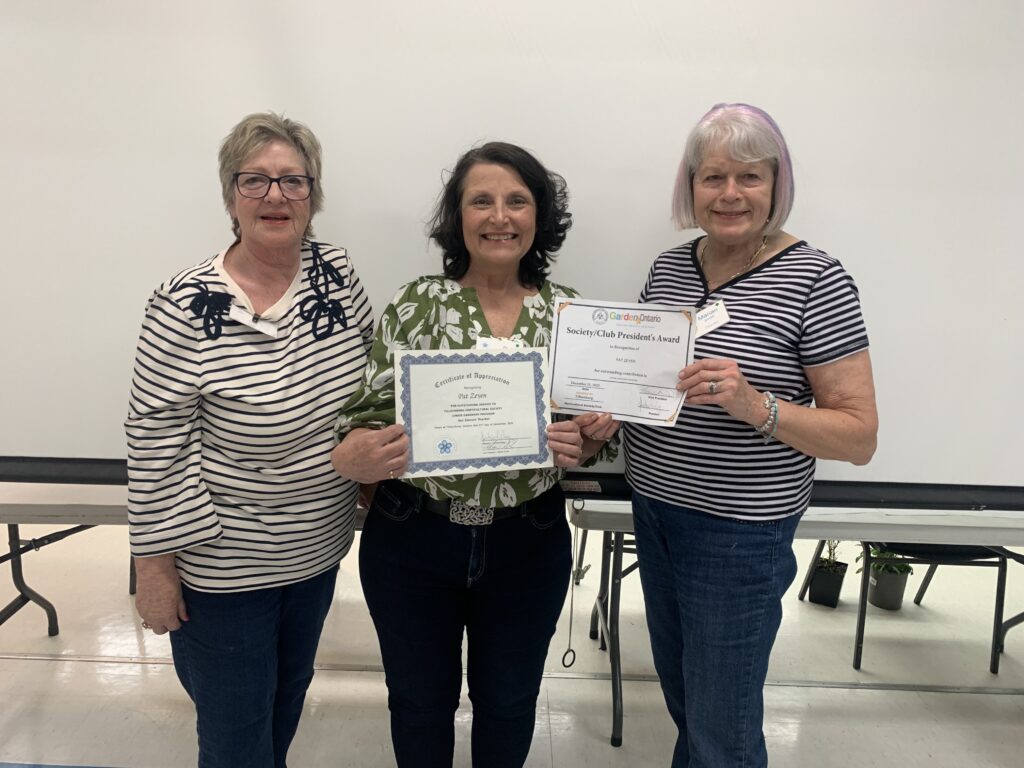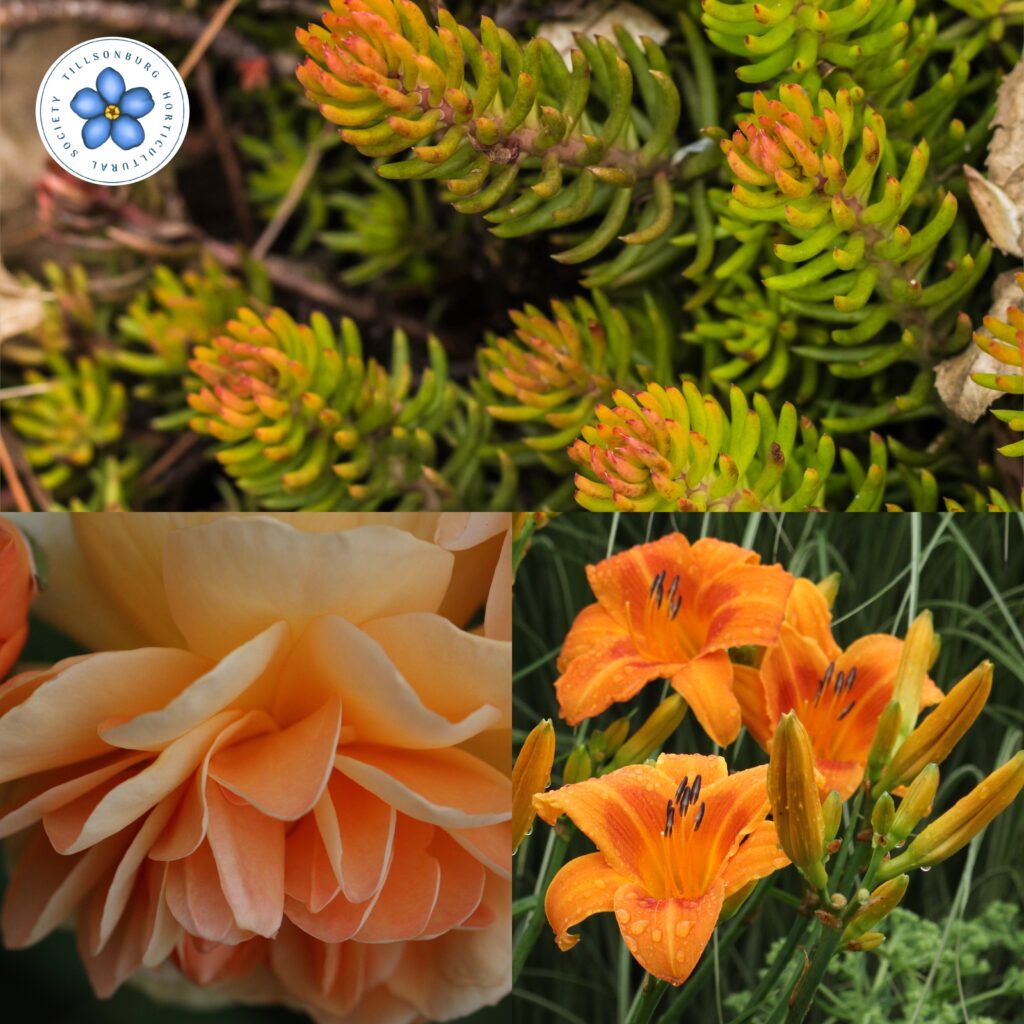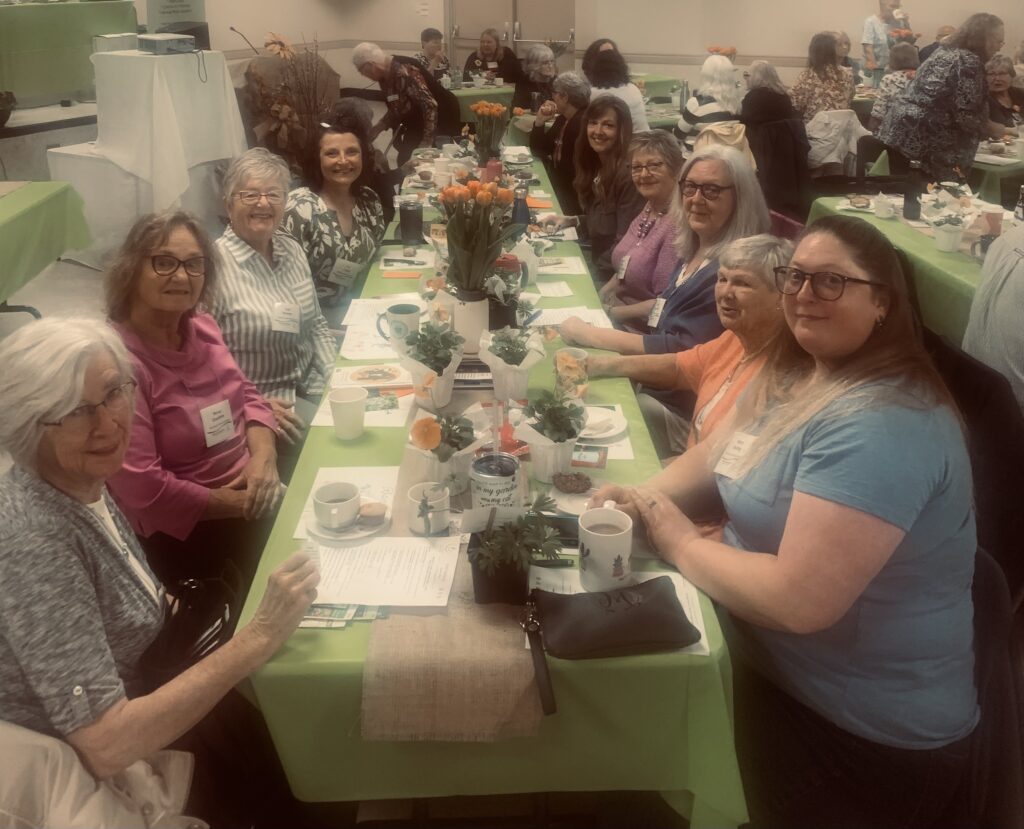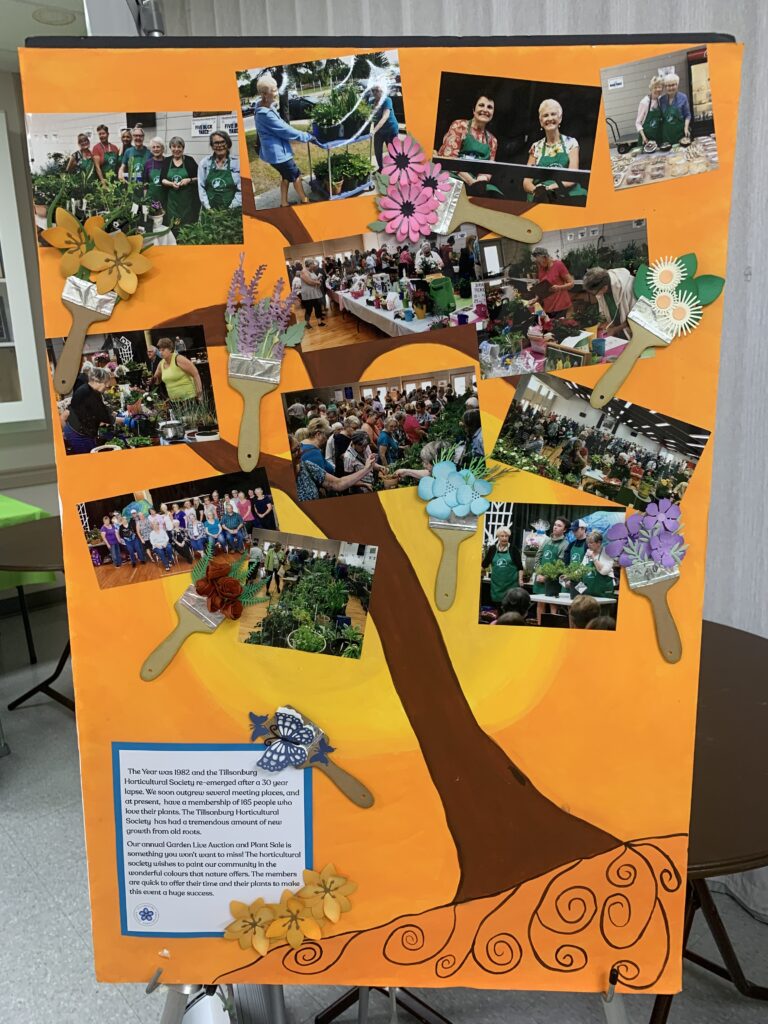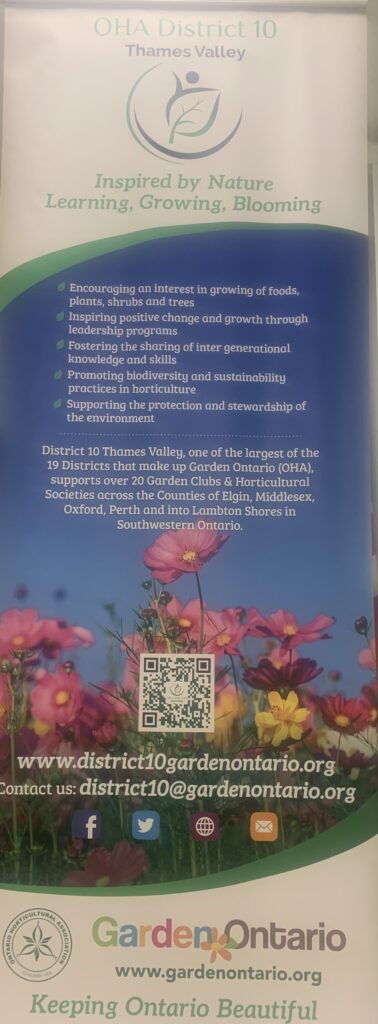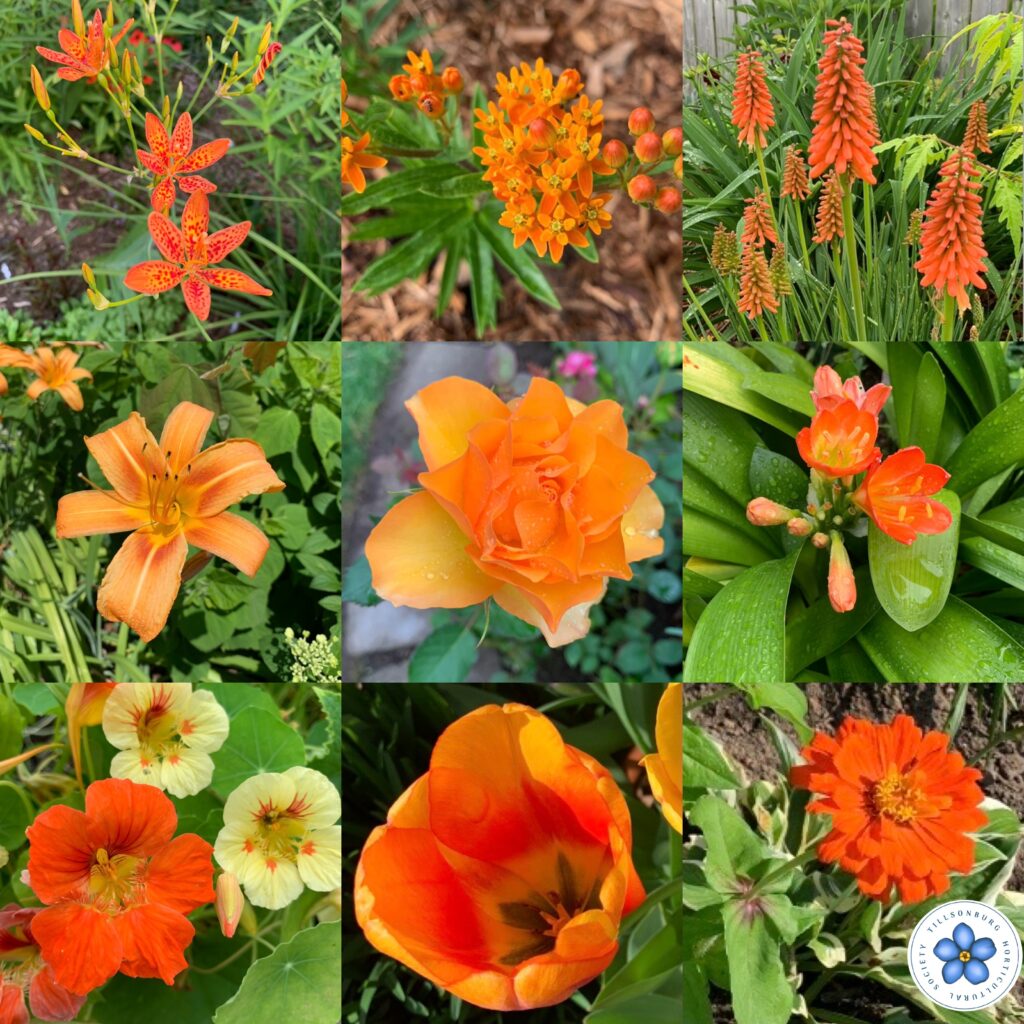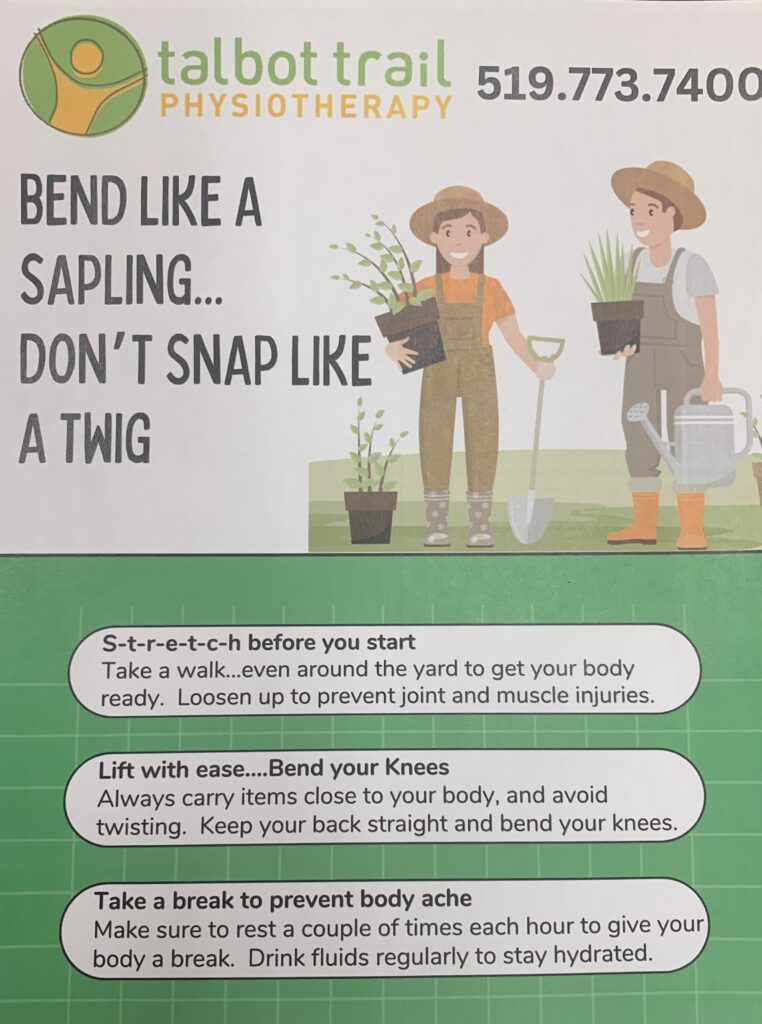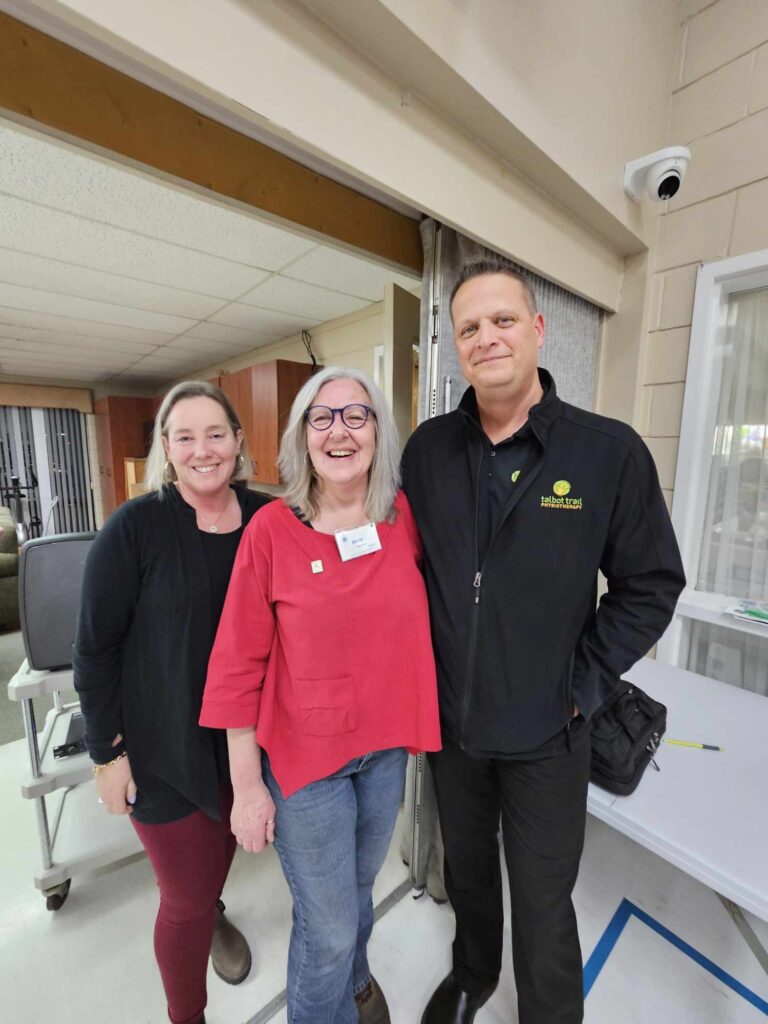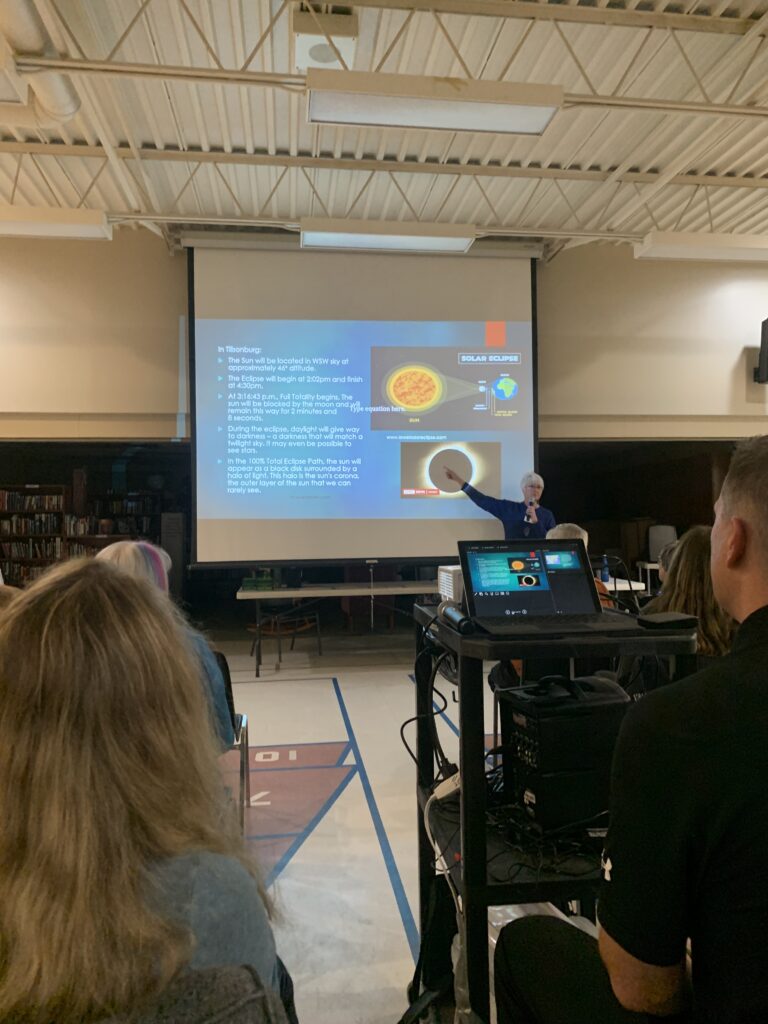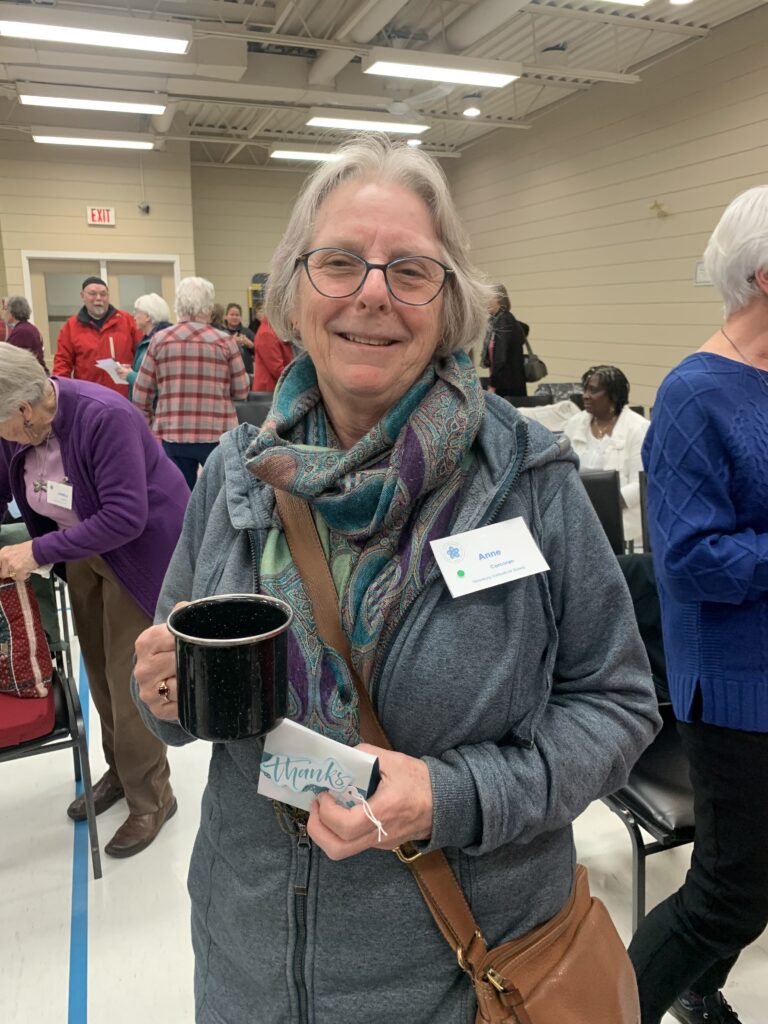By Sue Healey
July is upon us and with it, high summer’s long, warm days. Blue skies and warm breezes beckon us away from our regular lives to the beach, ice-cream stand, or hammock. After all the bustle of spring and early summer July can feel almost hushed in comparison. Most of our early work is done and the burst of blooms has given way to a more sedate palette of green. A nap in the shade is one of the finest pleasures in life and in this month, there is time for them. But the garden also beckons and there is always something to be done if you look long enough. Over the years I have learned to appreciate the work of a garden. The benefits are many; physical, emotional, and environmental. Interacting with our natural environment not only moves our bodies, but it also moves our mood – I have rarely come out of the garden worse than when I went in. So, I love July for the chance to take my time at my chores. For quiet moments in amongst the plants. To think of nothing and everything and maybe discover something new.
The hot, dry weather of July are perfect conditions to addressweeds you might have missed in early spring. A thorough clean up in early to mid July will stop many of the worst annual and perennial weeds from going to seed. As cliché as it may sound,“one years seeding, seven years weeding” is simple truth. Removing unwanted plants before they set seed is half the battle. As a garden matures and plants shade the ground around them there will be less, and less maintenance but some weeds will always find a way in. Regular weeding decreases their numbers and how difficult they are to remove. A good sharp steak knife makes an excellent weeding tool for work in amongst plants. And while you are there you may be lucky (andstill) enough to spot others at their work. I have spied leaf cutter bees slicing half moons out of the red bud leaves and native carpenter bees shaving the fuzz from rose campion stalks. I’vecaught mama rabbits under the peonies and dragonflies at their afternoon slumber.
The removal of spent flowerheads, also known as deadheading,is chore that really isn’t one. Many spring blooming plants have finished flowering and stalks can now be removed. For those plants that are a bit exuberant in their sprawl (Campanula, Stachys, Muscari) deadheading is an effective way to keep them contained. A decent pair (or two) of secateurs will make quick work of most stalks. Daylilies are the star of July and a joy to deadhead. The gentle and methodical removal of the spent flowers is my favourite way to decompress after the workdayand I look forward to the daily task. Daylilies each have their ways, and some are better than others. My mango daylily is my favourite to deadhead, as satisfying as plucking ripe fruit. I save it for guests if I can. The reds and deep purple varieties like to be groomed in the morning, their faded blossoms leaving your fingers stained with their dye. Others will drop at the slightest touch. You can, of course, leave them to their own devices. The spent flowers will eventually dry and fall on their own and be no worse for wear beyond an occasional dried bloom stuck to a new bud. As with most deadheading, it is a general tidying before the late summer wave of bloom.
Daffodill foliage is still ripening into July and can be unattractive as it yellows and flops. Tucking the leaves among later blooming plants hides them as they mature. Tulip foliage needs time as well but by mid July can be removed with a gentle tug of the stiff brown stem – another satisfying sensation. Allium and any of the early spring flowering bulbs are treated in the same way. If you’re of a mind to divide your bulbs, any time after the leaves have withered is the time to do it. Bulbs can be dried, sorted and replanted immediately or stored in a cool, dry place until planting in early fall.
If the spring has been wet and the growth lush, as it has been this year, early July is the time to thin plants for air circulation. Peonies, tall garden phlox, and Monarda are all prone to powdery mildew. Thin out overcrowded plants by removing a few stalks to increase air movement and mitigate both disease and pests. As the season moves on and the late summer show begins, plants that are past their flowering stage or tattered can be trimmed back to give late bloomers their moment in the spotlight.
That is enough work to warrant a nap. If you can do only one or two chores before you are off, make it weeding or watering, whichever is most necessary. And if you don’t have enough garden work of your own, your local Horticultural Society certainly does. Volunteers are always welcome and celebrated as the great gift they are. THS regular meetings are on summer pause until September, but you can contact them through their web and social media sites.
📷 S Healey
